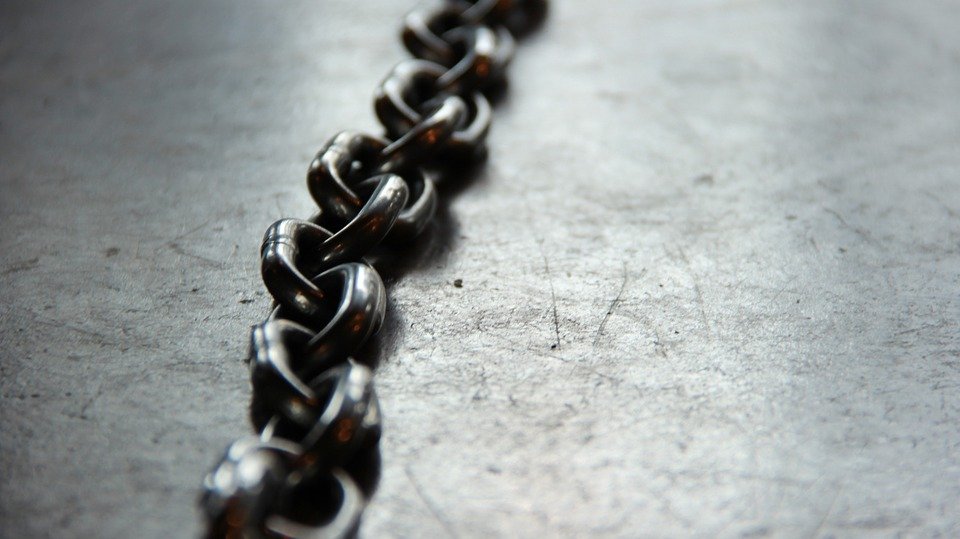WHO (World Health Organization) estimates that nearly a quarter of all neonatal deaths occur due to birth asphyxia and neurological injuries often ensue in babies that survive oxygen deprivation. Hence, to improve outcomes, they are treated using a cooling blanket (inducing hypothermia as low as 33.5°C of body temperature).
Rewarming in Oxygen-Deprived Newborns
“A wealth of evidence has shown that cooling babies who don’t receive enough oxygen during birth can improve their neurodevelopmental outcomes, but few studies have looked at events that occur as they are rewarmed to a normal body temperature. We’re showing that there’s a significantly elevated risk of seizures during the rewarming period, which typically go unnoticed and can cause long-term harm,” says study leader Lina Chalak, M.D., MSCS, Professor of Pediatrics and Psychiatry at UT Southwestern, and Associate Division Chief of Neonatology and founding Medical Director of the Neonatal Neurology Program at Parkland Hospital.
The study team anticipated a better understanding of seizure risk during rewarming. Hence, they evaluated 120 babies for comparing two different cooling protocols, one longer and colder than the other.
EEG was used to monitor the babies for seizures during both the cooling and the rewarming phases of hypothermia.
It was found that rewarming increased the odds of seizures about three-fold. Moreover, these babies were about twice as likely to die or have a neurological disability by age 2, as compared to those who did not have seizures during this period.
“This study is telling us that there’s an untapped opportunity to improve care for these babies during rewarming by making monitoring a standard part of the protocol,” says Dr. Chalak.
Source: Medindia



